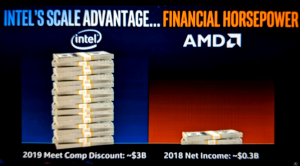drutman
Gawd
- Joined
- Jan 4, 2016
- Messages
- 617
Apple is a tough customer when it comes to pricing and their standards of retail. We had a macbook with a recalled/bad battery and was overcharged for the swap guess what happened next? Apple came to the shop and shut them down for misrep/fraud. I actually had the Apple fraud investigators call me to document what happened.
![[H]ard|Forum](/styles/hardforum/xenforo/logo_dark.png)


